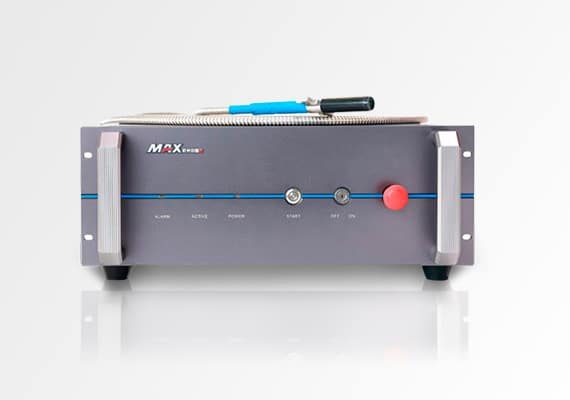
Our laser welding machines are equipped with high-quality laser generators that ensure excellent beam quality, providing small and focused spot sizes for precise and efficient welding. With power output options from 1500w to 3000w, our laser welding machines can meet a variety of welding needs, ensuring optimum productivity without compromising quality.
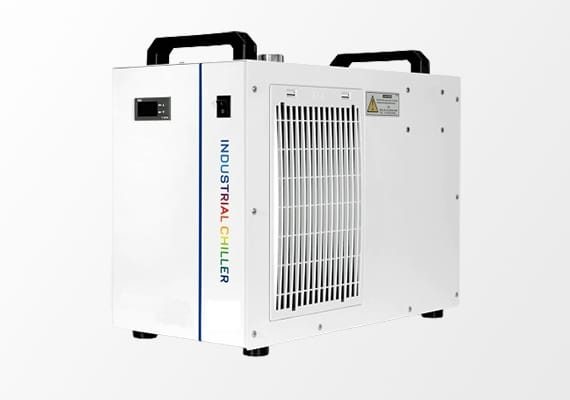
Designed with reliability in mind, our laser welding machines feature an efficient water cooling system to ensure consistent performance and extend the life of the laser generator. With advanced water cooling technology, we can guarantee stable and reliable welding results even during long-term operation.
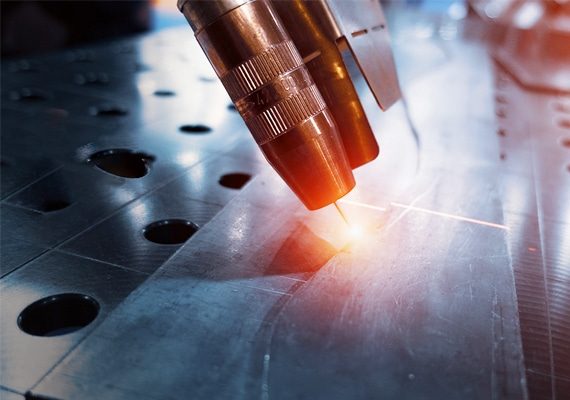
Our laser welding machines have excellent beam quality, producing a focused and precise laser spot. This feature enables high-precision and efficient welding of different materials and thicknesses, reducing spatter and minimizing the heat-affected zone.
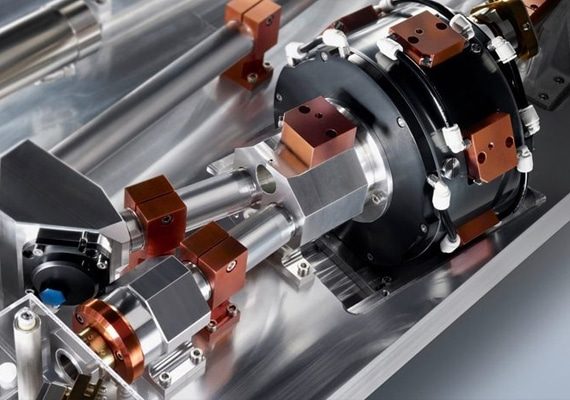
The beam delivery system of our laser welding machines utilizes flexible and flexible fiber optic cables, which can be easily integrated into automated production lines or robotic systems, enabling you to flexibly and easily adapt to different welding tasks. This flexibility increases workflow efficiency and seamlessly adapts to various manufacturing settings.
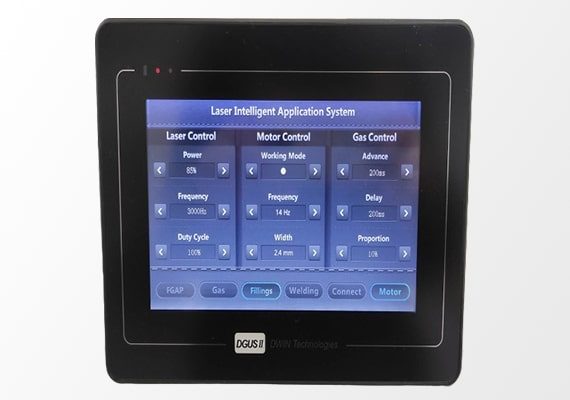
Our laser welding machines feature a user-friendly control interface that gives you complete control over your welding process. Easily adjust and program welding parameters such as power, pulse duration, welding speed, and focus position to obtain the best results for your specific welding requirements.
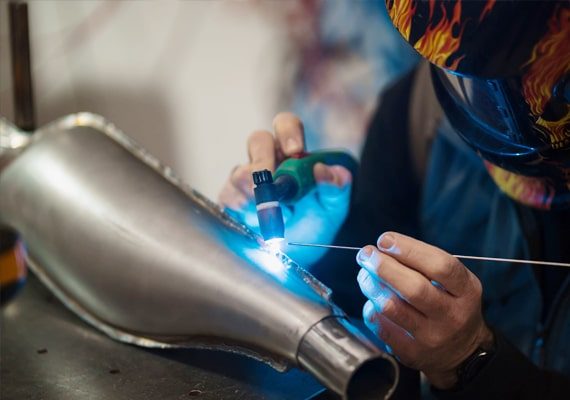
Our laser welding machines are equipped with comprehensive safety features including enclosures, interlock systems, and safety sensors. These measures protect your operators from potential exposure to the laser beam, creating a safe work environment.
| Model | AKH-1500 | AKH-2000 | AKH-3000 | AKH-6000 |
| Laser Power | 1500W | 2000W | 3000W | 6000W |
| Range of Adjustable Power | 1-100% | |||
| Laser Wavelength | 1080nm | |||
| Way of Working | Continuous/Modulation | |||
| Cooling Method | Water Cooling | |||
| Power Demand | AC220V±5%/50Hz | |||
| Working Environment Temperature | 15~35℃ | |||
| Working Environment Humidity | < 70%(No Condensation) | |||
| Laser Power (W) | Thickness (mm) | Welding Method | Welding Speed (mm/s) | Defocus Amount | Protective Gas | Blowing Method | Flow (L/min) |
|---|---|---|---|---|---|---|---|
| 1000 | 0.5 | Conduction | 40~60 | -1~1 | Argon or Helium | Coaxial/Paraaxial | 5~10 |
| 1 | Conduction | 30~50 | -1~1 | Argon or Helium | Coaxial/Paraaxial | 5~10 | |
| 1500 | 0.5 | Conduction | 50~80 | -1~1 | Argon or Helium | Coaxial/Paraaxial | 5~10 |
| 1 | Conduction | 40~60 | -1~1 | Argon or Helium | Coaxial/Paraaxial | 5~10 | |
| 1.5 | Conduction | 30~50 | -1~1 | Argon or Helium | Coaxial/Paraaxial | 5~10 | |
| 2000 | 0.5 | Conduction | 60~90 | -1~1 | Argon or Helium | Coaxial/Paraaxial | 5~10 |
| 1 | Conduction | 50~80 | -1~1 | Argon or Helium | Coaxial/Paraaxial | 5~10 | |
| 1.5 | Conduction | 40~60 | -1~1 | Argon or Helium | Coaxial/Paraaxial | 5~10 | |
| 2 | Keyhole | 30~50 | -1~1 | Argon or Helium | Coaxial/Paraaxial | 5~10 | |
| 3000 | 0.5 | Keyhole | 80~110 | -1~1 | Argon or Helium | Coaxial/Paraaxial | 5~10 |
| 1 | Keyhole | 60~90 | -1~1 | Argon or Helium | Coaxial/Paraaxial | 5~10 | |
| 1.5 | Keyhole | 50~80 | -1~1 | Argon or Helium | Coaxial/Paraaxial | 5~10 | |
| 2 | Keyhole | 40~60 | -1~1 | Argon or Helium | Coaxial/Paraaxial | 5~10 | |
| 3 | Keyhole | 30~50 | -1~1 | Argon or Helium | Coaxial/Paraaxial | 5~10 |
| Welding Process | Laser Welding | TIG Welding | MIG Welding |
|---|---|---|---|
| Heat Source | Laser beam | Tungsten inert gas (TIG) arc | Metal inert gas (MIG) arc |
| Welding Speed | High | Moderate to high | High |
| Precision | Very high | High | Moderate |
| Control | Excellent | Good | Fair |
| Automation | Easily automated | Manual operation | Easily automated |
| Heat Affected Zone (HAZ) | Small | Small to moderate | Moderate to large |
| Filler Material | Sometimes requires filler wire | Usually requires filler rod/wire | Requires filler wire |
| Shielding Gas | May use inert gas for some applications | Inert gas (e.g., argon) used to shield the arc | Inert gas (e.g., argon) used to shield the arc and feed the filler wire |
| Suitability for Copper | Excellent | Excellent | Good |
| Welding Thickness | Thin to medium | Thin to thick | Thin to thick |
| Weld Quality | High integrity | High integrity | Good to High |
| Skill Level | Advanced | Intermediate to advanced | Beginner to intermediate |
| Equipment Cost | High | Moderate to high | Moderate |
Note: Please note that the characteristics mentioned here are general guidelines and may vary depending on specific equipment, settings, and techniques used in each welding process. Additionally, copper is a highly conductive metal, and its welding properties may differ from other metals, so it’s essential to consider the specific requirements and applications when choosing a welding method for copper.
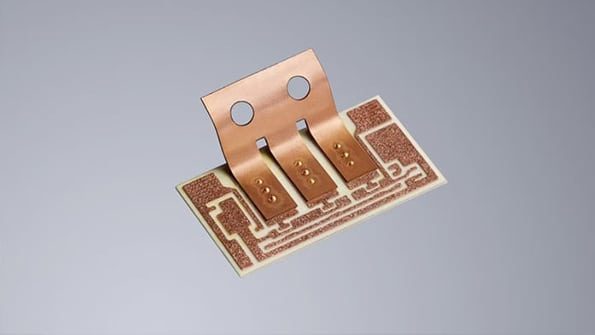

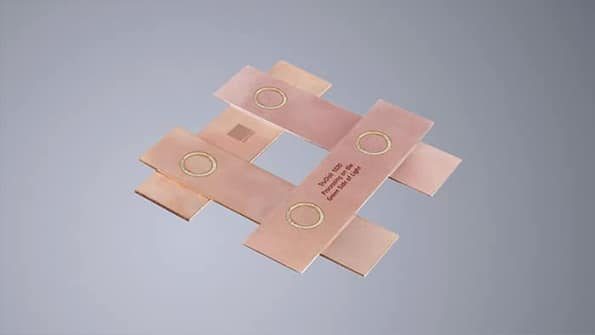
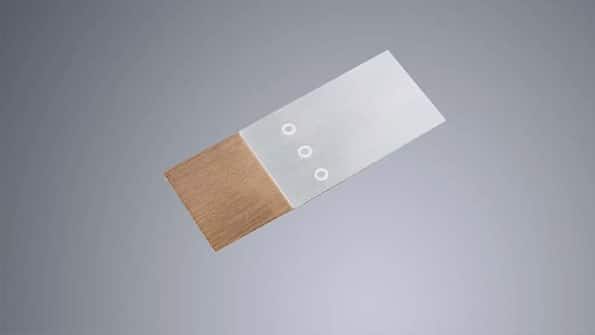
Yes, laser welding machines can weld copper and copper alloys. Because of its high thermal conductivity and reflectivity, copper is considered a challenging material to solder using traditional soldering methods. However, laser welding can overcome these difficulties by utilizing a highly focused and high-powered laser beam to create precise and efficient welds.
Laser welding machines provide an effective solution for the welding of copper materials. These machines use a high-power laser generator to produce a concentrated beam of light to heat the surface of the material, allowing precise control of the welding process. The laser energy is absorbed by the copper, causing local melting and fusion of the metal. As a result, laser welding can produce strong and reliable welds on copper and copper alloy components.
The main advantage of laser welding is the ability to provide a concentrated and controlled source of heat, reducing the heat-affected zone and minimizing deformation and damage to surrounding materials. In addition, laser welding allows precise control of welding parameters, making it suitable for welding thin and delicate copper parts without compromising their integrity.
The success of laser welding copper depends on the specific type and thickness of the copper material, as well as the parameters and settings of the laser welding machine. As with any welding process, proper calibration and expertise contribute to the best welding results. Therefore, a skilled operator and proper machine calibration are essential to obtain the best results when welding copper materials.
The cost of a copper laser welding machine can vary widely, including make, model, specifications, and additional features. In general, laser welding machines are considered high-end equipment, so they tend to cost more when compared to traditional welding machines.
For a basic entry-level copper laser welding machine, expect prices to be around $3,000 to $6,000. These machines usually have lower power ratings and fewer advanced features. Prices can range from $10,000 to $20,000 for a top-of-the-line, high-powered copper laser welding machine with advanced features. These machines are designed for industrial-scale applications and demanding projects requiring the highest precision and efficiency.
The price of a laser welding machine is also influenced by the size of the work area, the level of precision required, the brand reputation, and the country of origin. Some manufacturers offer custom solutions, which may further affect the final cost. When considering purchasing a copper laser welding machine, your specific needs and requirements need to be assessed, taking into account factors such as throughput, complexity of welding tasks, and materials you plan to use.
Also, the purchase cost of the machine is not the only consideration, there are other factors to consider such as maintenance and service costs, training, warranty, and technical support. Additionally, the cost of consumables such as laser optics and gases should be considered when evaluating the overall investment.
With the advancement of technology and the development of market competition, the price of copper laser welding machines will also change accordingly. If you want the most accurate and up-to-date information on current prices and available models, you can contact us at any time. AccTek Laser engineers will provide a personalized quote based on your specific requirements.
For laser welding copper, a protective shielding gas is typically used to prevent oxidation and ensure a clean, high-quality weld. The most commonly used shielding gas for laser welding copper is argon (Ar) or a mixture of argon and helium (He).
Argon is often preferred for copper welding because it provides excellent protection against oxidation and minimizes heat-affected zone (HAZ) effects. It is inert, non-reactive, and offers good thermal conductivity, helping to maintain consistent weld quality and minimize distortion.
Helium can also be mixed with argon to improve the weld penetration and increase the welding speed. Helium has higher thermal conductivity compared to argon, which can help distribute heat more effectively and reduce the risk of overheating the workpiece.
The choice between pure argon and an argon-helium mixture depends on the specific welding requirements, such as the desired weld penetration depth, welding speed, and overall weld quality. It’s essential to maintain a consistent and high-quality shielding gas flow during the welding process to ensure optimal weld performance and prevent contamination or oxidation of the weld pool.
Laser welding machines can weld copper, but the maximum thickness of copper that can be effectively welded depends on several factors, including laser power, beam quality, and specific welding conditions. Here’s a general guideline based on laser power:
These specifications outline the range of copper thicknesses within which each laser power level can effectively weld copper. It’s important to note that these are approximate guidelines, and the actual maximum thickness that can be welded may vary based on the specific machine’s capabilities and the welding parameters used.
Laser welding copper can be challenging due to some of its inherent properties and the characteristics of the laser welding process. Here are some reasons why welding copper with a laser can be difficult:
Meeting these challenges requires careful selection of laser parameters such as power, pulse duration, and beam focus, as well as appropriate protective gas atmosphere and surface treatment techniques. Additionally, advanced laser systems with higher power levels and specialized capabilities may be required to effectively weld copper, especially for thicker materials or more demanding applications. While laser welding copper can be challenging, it is possible with the right equipment, technology, and process optimization.
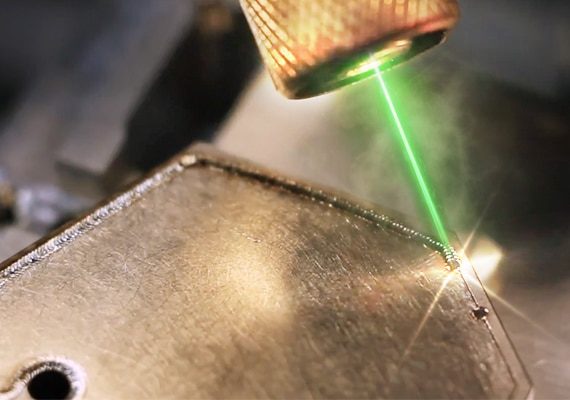
With years of experience in laser welding technology, we have honed our expertise to provide cutting-edge solutions tailored to your unique needs. Our team of skilled engineers and technicians has the in-depth knowledge to ensure you get the perfect laser welding machine for your specific application.
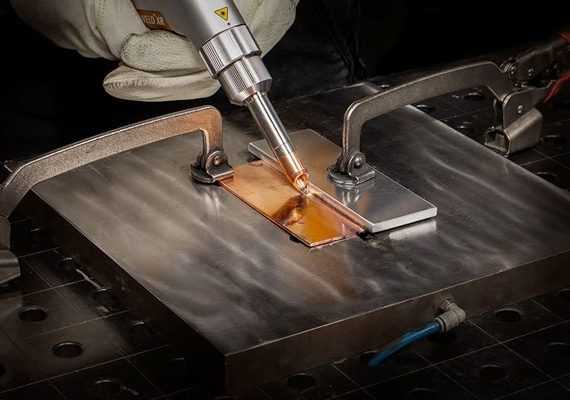
At AccTek Laser, we build strong relationships with our clients. Our dedicated support team provides prompt assistance and after-sales service to keep your laser welding machine running at its best for years to come. Your satisfaction is our top priority and we will help you every step of the way.

Quality is the cornerstone of our manufacturing process. Every laser welding machine is rigorously tested and adhered to strict quality control standards, ensuring that the product you receive meets the highest industry benchmarks. Our dedication to quality ensures you get a machine that performs consistently and delivers perfect welds every time.

We understand the importance of cost efficiency in today’s competitive landscape. Our laser welding machines can provide excellent value for your investment, minimizing downtime and reducing operating costs while maximizing productivity and efficiency.
4 reviews for Copper Laser Welding Machine
Hanna –
Reliable performance, and consistent weld quality. Simplifies complex welding jobs. Highly recommended for industrial use.
Mustafa –
Impressed with its durability and performance. Makes welding tasks effortless. Highly recommended for manufacturing.
Tess –
Effortlessly handles intricate welds. Saves time and improves efficiency. Essential for our production workflow.
Somchai –
Streamlines our welding process. Easy to operate, delivers high-quality welds consistently. A valuable addition to our workshop.